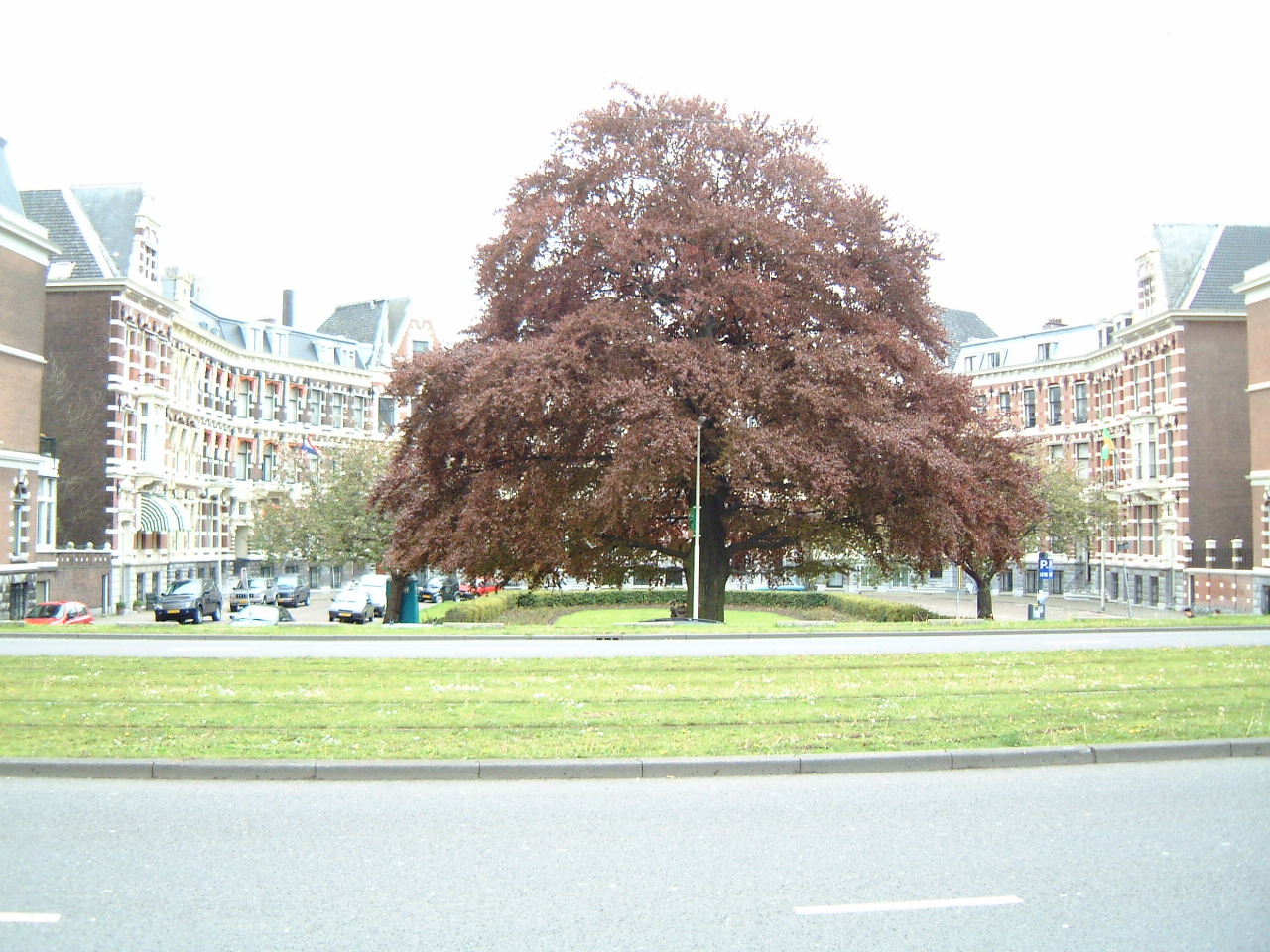Gourmet Quality Black & White Truffles - Wholesale Prices For Chefs & …
페이지 정보
작성자 Zenaida 작성일24-06-30 10:27 조회165회 댓글0건관련링크
본문
Ideal for pasta dishes, roasted meats or mashed potatoes, this indulgent product guarantees a gourmet experience at home. In addition, another staple that has been gaining popularity is truffle butter. Truffle salts, another sought-after product, bring a unique blend of sea salt and truffle to your kitchen. Sprinkle a little on your dishes, and they transform to a gourmet meal in no time.
This digital revolution has extended to gourmet food products, such as truffles, making their availability widespread. Suppliers are increasingly offering wholesale price options on their online platforms, making these high-end products more affordable and accessible. With e-commerce taking precedence over traditional methods of doing business, consumers can now effortlessly procure products online.
 The trees are then carefully nurtured in a controlled environment for several years until they mature and start to produce truffles. However, truffle cultivation is a capricious endeavour as it necessitates a precise set of environmental conditions, including specific soil pH, temperature, and moisture levels. The cultivation of truffles, known as trufficulture, involves the inoculation of chosen trees with truffle spores. The results are unpredictable, and the harvest can vary enormously from year to year, which explains the high price tag attached to Burgundy "autumn" truffles.
The trees are then carefully nurtured in a controlled environment for several years until they mature and start to produce truffles. However, truffle cultivation is a capricious endeavour as it necessitates a precise set of environmental conditions, including specific soil pH, temperature, and moisture levels. The cultivation of truffles, known as trufficulture, involves the inoculation of chosen trees with truffle spores. The results are unpredictable, and the harvest can vary enormously from year to year, which explains the high price tag attached to Burgundy "autumn" truffles.
Rarity: Truffles are hard to cultivate and locate, making them a rare find, and thus, the price goes up. As they grow on the roots of trees, they require precise environmental conditions with specific trees and soil types, which are difficult to replicate, leading to their natural rarity.
The online purchasing of gourmet Burgundy truffle products at wholesale prices has seen an incredible surge, providing ample opportunities for individuals and businesses. With careful consideration and strategic planning, Burgundy "autumn" truffles this new area of e-commerce can prove beneficial to both buyers and suppliers, paving the way for a delightful gourmet experience.
With an intense aroma flaunting notes of rich cocoa, strawberries, and earth, this truffle is highly prized and desired in gourmet cuisine, especially during its peak season in winter. On the other hand, the French black truffle, Tuber melanosporum, or the ‘perigord truffle,’ has a rough, black exterior and a darker, denser interior swirl.
For home cooks, the gourmet quality of black & white truffles gives a chance to experiment and upscale their culinary creations, paving the best way for restaurant-style dishes at house. However, due to cost constraints, residence cooks tend to purchase truffles in smaller quantities, often during festive seasons or particular occasions.
Truffles for Chefs and Home Cooks
Increasingly, chefs from around the world, from Michelin-starred maestros to novice home cooks, are being seduced by the allure of gourmet truffles. They add luxury to menus, offer a sought-after flavor enhancer, and can elevate a dish from the mundane to the extravagant.
This article highlights the exquisite nature of Gourmet Quality Black and White Truffles, their wholesale prices in the industry, and their growing popularity among chefs and home cooks. Known as the diamonds of the kitchen, truffles are rare fungi treasured for their unique taste and intoxicating aroma. Among the various types of truffles, Black and White are regarded as culinary royalty, and they offer an exceptional flavor profile, challenging to replicate.
It is the anticipation of the truffle's distinct aroma and flavour that makes it such a sought-after commodity. These unique characteristic capacity to arouse the senses are scientifically rationalised. Dimethyl sulfide, one of the main volatile compounds found in truffles, has been associated with their characteristic aroma. Dimethyl sulfide production in white truffles correlates with their maturation process, ensuring that the most aromatic truffles are also the ripest, perfect for harvesting.
Variations of truffle-infused oil, butter, and cheese are also commercially available, offering a more affordable option for truffle enthusiasts. Truffles are generally used sparingly due to their acute intensity and high price point, often shaved thinly over pasta, risotto, or scrambled eggs, lending a superior twist to these simple dishes.
In the end, truffles, whether black or white, are much more than a mere ingredient; they are part of a rich culinary art and symbol of gastronomic luxury. As food markets and consumers continue to evolve their palates, the use of truffles will continue to expand beyond the realms of fancy restaurants and into home kitchens.
Further, the use of truffles extends beyond savoury applications. They can also find a place in innovative confectionery, with truffle-infused chocolates and desserts challenging conventional gastronomic norms by marrying sweet and savoury in one palatable pleasure.
Firstly, the scarcity of truffles triggers a excessive demand-supply gap, resulting in soaring prices. The wholesale value of truffles fluctuates considerably due to numerous factors. Further, truffle harvesting is restricted each by a brief growing season (typically November to March) and geographic limitations, as they grow only in sure areas worldwide.
This digital revolution has extended to gourmet food products, such as truffles, making their availability widespread. Suppliers are increasingly offering wholesale price options on their online platforms, making these high-end products more affordable and accessible. With e-commerce taking precedence over traditional methods of doing business, consumers can now effortlessly procure products online.
 The trees are then carefully nurtured in a controlled environment for several years until they mature and start to produce truffles. However, truffle cultivation is a capricious endeavour as it necessitates a precise set of environmental conditions, including specific soil pH, temperature, and moisture levels. The cultivation of truffles, known as trufficulture, involves the inoculation of chosen trees with truffle spores. The results are unpredictable, and the harvest can vary enormously from year to year, which explains the high price tag attached to Burgundy "autumn" truffles.
The trees are then carefully nurtured in a controlled environment for several years until they mature and start to produce truffles. However, truffle cultivation is a capricious endeavour as it necessitates a precise set of environmental conditions, including specific soil pH, temperature, and moisture levels. The cultivation of truffles, known as trufficulture, involves the inoculation of chosen trees with truffle spores. The results are unpredictable, and the harvest can vary enormously from year to year, which explains the high price tag attached to Burgundy "autumn" truffles.Rarity: Truffles are hard to cultivate and locate, making them a rare find, and thus, the price goes up. As they grow on the roots of trees, they require precise environmental conditions with specific trees and soil types, which are difficult to replicate, leading to their natural rarity.
The online purchasing of gourmet Burgundy truffle products at wholesale prices has seen an incredible surge, providing ample opportunities for individuals and businesses. With careful consideration and strategic planning, Burgundy "autumn" truffles this new area of e-commerce can prove beneficial to both buyers and suppliers, paving the way for a delightful gourmet experience.
With an intense aroma flaunting notes of rich cocoa, strawberries, and earth, this truffle is highly prized and desired in gourmet cuisine, especially during its peak season in winter. On the other hand, the French black truffle, Tuber melanosporum, or the ‘perigord truffle,’ has a rough, black exterior and a darker, denser interior swirl.
For home cooks, the gourmet quality of black & white truffles gives a chance to experiment and upscale their culinary creations, paving the best way for restaurant-style dishes at house. However, due to cost constraints, residence cooks tend to purchase truffles in smaller quantities, often during festive seasons or particular occasions.
Truffles for Chefs and Home Cooks
Increasingly, chefs from around the world, from Michelin-starred maestros to novice home cooks, are being seduced by the allure of gourmet truffles. They add luxury to menus, offer a sought-after flavor enhancer, and can elevate a dish from the mundane to the extravagant.
This article highlights the exquisite nature of Gourmet Quality Black and White Truffles, their wholesale prices in the industry, and their growing popularity among chefs and home cooks. Known as the diamonds of the kitchen, truffles are rare fungi treasured for their unique taste and intoxicating aroma. Among the various types of truffles, Black and White are regarded as culinary royalty, and they offer an exceptional flavor profile, challenging to replicate.
It is the anticipation of the truffle's distinct aroma and flavour that makes it such a sought-after commodity. These unique characteristic capacity to arouse the senses are scientifically rationalised. Dimethyl sulfide, one of the main volatile compounds found in truffles, has been associated with their characteristic aroma. Dimethyl sulfide production in white truffles correlates with their maturation process, ensuring that the most aromatic truffles are also the ripest, perfect for harvesting.
Variations of truffle-infused oil, butter, and cheese are also commercially available, offering a more affordable option for truffle enthusiasts. Truffles are generally used sparingly due to their acute intensity and high price point, often shaved thinly over pasta, risotto, or scrambled eggs, lending a superior twist to these simple dishes.
In the end, truffles, whether black or white, are much more than a mere ingredient; they are part of a rich culinary art and symbol of gastronomic luxury. As food markets and consumers continue to evolve their palates, the use of truffles will continue to expand beyond the realms of fancy restaurants and into home kitchens.
Further, the use of truffles extends beyond savoury applications. They can also find a place in innovative confectionery, with truffle-infused chocolates and desserts challenging conventional gastronomic norms by marrying sweet and savoury in one palatable pleasure.
Firstly, the scarcity of truffles triggers a excessive demand-supply gap, resulting in soaring prices. The wholesale value of truffles fluctuates considerably due to numerous factors. Further, truffle harvesting is restricted each by a brief growing season (typically November to March) and geographic limitations, as they grow only in sure areas worldwide.

댓글목록
등록된 댓글이 없습니다.
